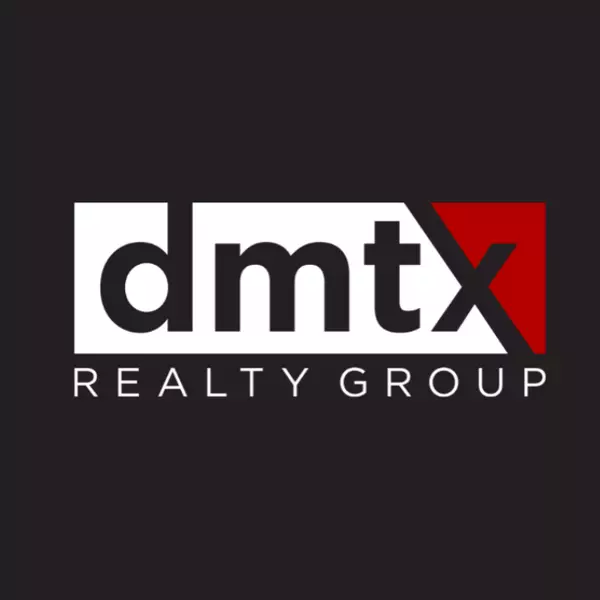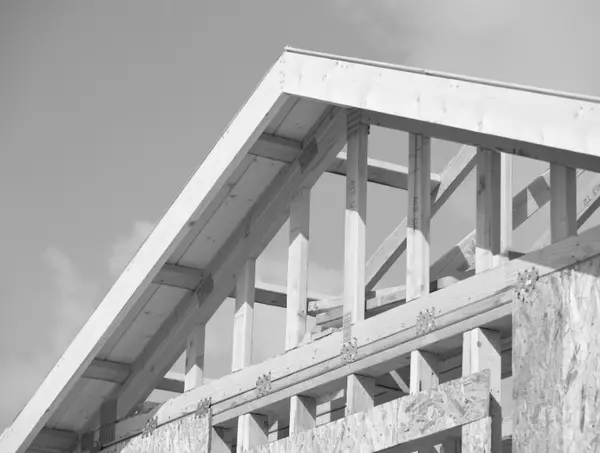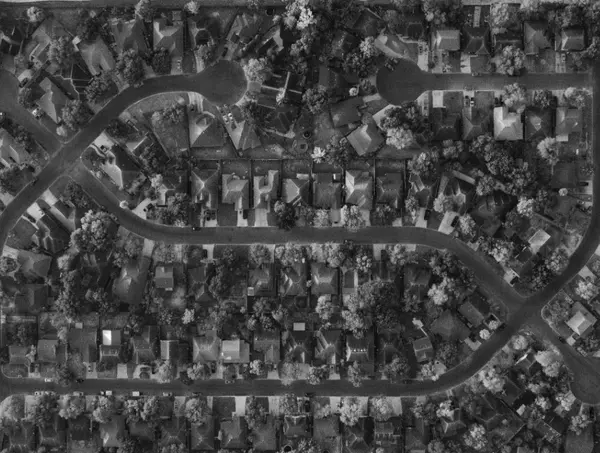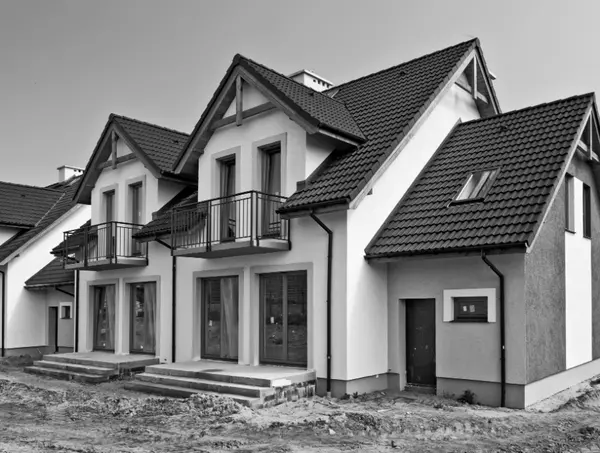Buying vs. Building a Home in Texas: Pros, Cons, and Costs

As Texas continues to attract new residents with its strong job market, lower cost of living, and wide-open spaces, many homebuyers are facing a common dilemma: Should you buy an existing home or build a new one from the ground up?
Both options have their advantages—and trade-offs. Whether you're relocating, upsizing, or investing, here's a clear breakdown of the key factors to consider when deciding between buying and building a home in Texas.
1. Land Availability: Do You Have a Place to Build?
Buying a Home:
Texas is vast, but in popular cities like Austin, Dallas, and Houston, buildable land near the urban core is becoming scarce. Buying an existing home often means easier access to established neighborhoods, schools, and infrastructure.
Building a Home:
If you're willing to go outside city limits or explore smaller towns, land is still widely available—especially in areas like the Hill Country, Central Texas, and rural outskirts of major metros. Keep in mind:
- Utilities and access roads may need to be developed.
- Zoning regulations vary by county and municipality.
- Ranch-style and custom homes are popular for those wanting acreage.
2. Construction Timelines: How Soon Do You Need to Move?
Buying a Home:
This is typically the faster route. Once you’re under contract, you could close and move in within 30–45 days, depending on financing and inspections.
Building a Home:
From finding land to completing construction, the process can take anywhere from 6 to 18 months, depending on:
- Permits and approvals
- Contractor availability
- Weather delays
- Supply chain issues for materials
If you’re on a strict timeline, building might be challenging unless you opt for a spec home (more on that below).
3. Custom vs. Spec Homes: How Much Control Do You Want?
Custom Homes:
- You choose everything: layout, finishes, materials, and location.
- Great for creating your dream home.
- Requires a bigger time and financial investment.
- Involves working closely with an architect or custom home builder.
Spec Homes:
- Pre-designed by builders, often in new developments.
- May already be under construction or move-in ready.
- Less decision-making, but fewer customization options.
- Typically more affordable than a fully custom home.
Tip: Many Texas builders offer semi-custom options that balance personalization and convenience.
4. Incentives and Costs: Which Option Saves You More?
Buying a Home:
- Existing homes may come with lower upfront costs, especially if you're purchasing in a buyer’s market.
- Older homes could require renovations or updates.
- Buyers may be able to negotiate repairs or closing costs.
Building a Home:
- New homes are more energy-efficient and often cheaper to maintain in the long term.
- Builders often offer incentives, such as closing cost assistance, upgrades, or rate buy-downs.
- Costs can fluctuate based on material prices, labor, and interest rates.
- Be prepared for unexpected expenses during the build process.
Bottom Line: What’s Best for You?
|
Factor |
Buying |
Building |
|
Speed |
Faster move-in |
Longer timeline |
|
Location |
More urban options |
More rural/suburban options |
|
Customization |
Limited |
High (if custom) |
|
Upfront Costs |
Often lower |
Can be higher |
|
Maintenance |
May need repairs |
Brand-new systems |
If you want to move quickly, stay close to city amenities, or avoid construction stress, buying may be your best option.
If you’re looking for land, customization, and long-term savings, building a home in Texas could be worth the wait.
Need Help Navigating Your Options?
Whether you’re looking to build from scratch or find the perfect move-in-ready home, we can help you explore the best areas, connect with trusted builders, and compare real-time market data.
📩 Contact us today for a personalized consultation.
Categories
Recent Posts





